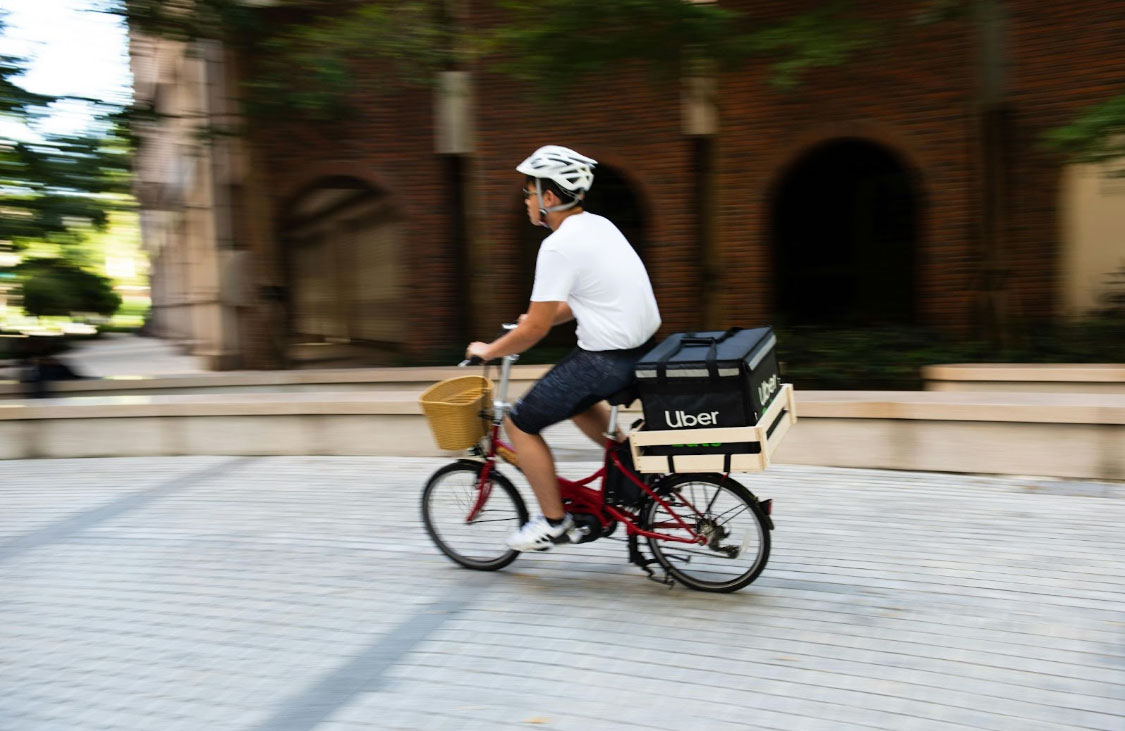The rise of food delivery services like Uber Eats has undeniably transformed the Australian restaurant industry. As establishments strive to adapt, the challenge isn’t just about joining these platforms but optimising operations to thrive within this new dynamic without sacrificing the essence of dining experiences. This guide aims to provide actionable insights and strategies for restaurants to navigate the costs and operational adjustments associated with third-party delivery services effectively.
Understanding the Impact of Delivery Services
The integration of services like Uber Eats into the restaurant business model offers a dual-edged sword. On one hand, it opens up a broader market, reaching customers beyond the conventional dine-in audience. On the other, it introduces a complex array of operational challenges and costs, from commission fees to potential impacts on the quality of customer service.
Operational Efficiency: Beyond Kitchen Equipment
Mitigating the impact of delivery services on a restaurant's bottom line goes beyond kitchen hardware. Operational efficiency encompasses several facets:
- Menu Optimisation: Crafting a delivery-friendly menu not only involves selecting dishes that can maintain quality during transport but also analysing sales data to focus on high-margin items. This strategic selection can help balance out delivery service fees.
- Order Management: Efficient order management systems can streamline operations, ensuring that delivery orders do not overwhelm the kitchen at the expense of in-house dining experiences. This might involve setting realistic preparation times within the delivery apps or even temporarily pausing delivery services during peak dine-in hours to maintain service quality.
- Training and Staffing: Adequately training staff to manage both delivery and dine-in orders is crucial. This includes training on the use of delivery platforms, as well as strategies for prioritising orders in a way that maximises kitchen efficiency and minimises wait times for all customers.
Optimising Kitchen Layout and Equipment
A key aspect of operational efficiency lies in the physical setup and equipment within the kitchen. Sydney Commercial Kitchens advocates for the integration of innovative solutions to maximise kitchen functionality without sacrificing quality or service speed.
- Bench Fridges: Essential for kitchens aiming to enhance space utilisation. These units offer ample storage for ingredients right where they are needed, thereby speeding up prep time for delivery orders without compromising countertop space.
- High-Efficiency Cooking Equipment: The heart of streamlining the cooking process. Equipment like combi ovens and high-speed grills can drastically reduce cooking times, ensuring that both delivery and dine-in orders are prepared swiftly and to high standards.
Incorporating these solutions not only aids in managing the increased load from delivery orders but also in maintaining the quality of dine-in service, ensuring that restaurants can operate efficiently under both models.
Cost Management Strategies
While delivery platforms increase visibility and potential sales, the associated costs can be significant. Here are some strategies to manage these costs effectively:
- Negotiate Better Rates: Depending on your volume of sales, there may be room to negotiate lower commission rates with delivery platforms.
- Consider a Hybrid Delivery Model: Combining third-party delivery services with in-house delivery for nearby orders can reduce costs and improve customer service for local clientele.
- Promotional Savvy: Utilise platform-specific promotions strategically to boost visibility and sales without eroding profit margins. For instance, offering specials during off-peak times can help smooth out demand and keep the kitchen running efficiently.
Enhancing the Dine-In Experience
As delivery orders increase, it’s vital not to let the dine-in experience suffer. Simple adjustments can make a big difference:
- Separate Operations: Where possible, physically separate the areas for handling delivery orders from the dine-in kitchen space. This can help reduce the operational conflict between the two service modes.
- Communicate with Customers: Transparency is key. Informing dine-in customers about potential delays during peak times can help manage expectations and enhance the dining experience.
- Leverage Technology: Digital menus, QR code ordering, and payment solutions can streamline the dine-in experience, making it more efficient and enjoyable for customers.
Adapting to the burgeoning world of food delivery services requires a multifaceted strategy that goes beyond the kitchen. It's about rethinking operations, menus, and even the dining experience itself to ensure that the addition of delivery services adds value without compromising the restaurant's core offerings. While the challenges are real, so are the opportunities for growth and expansion. By embracing a strategic approach, restaurants can navigate the complexities of delivery services, turning potential hurdles into stepping stones for success.
